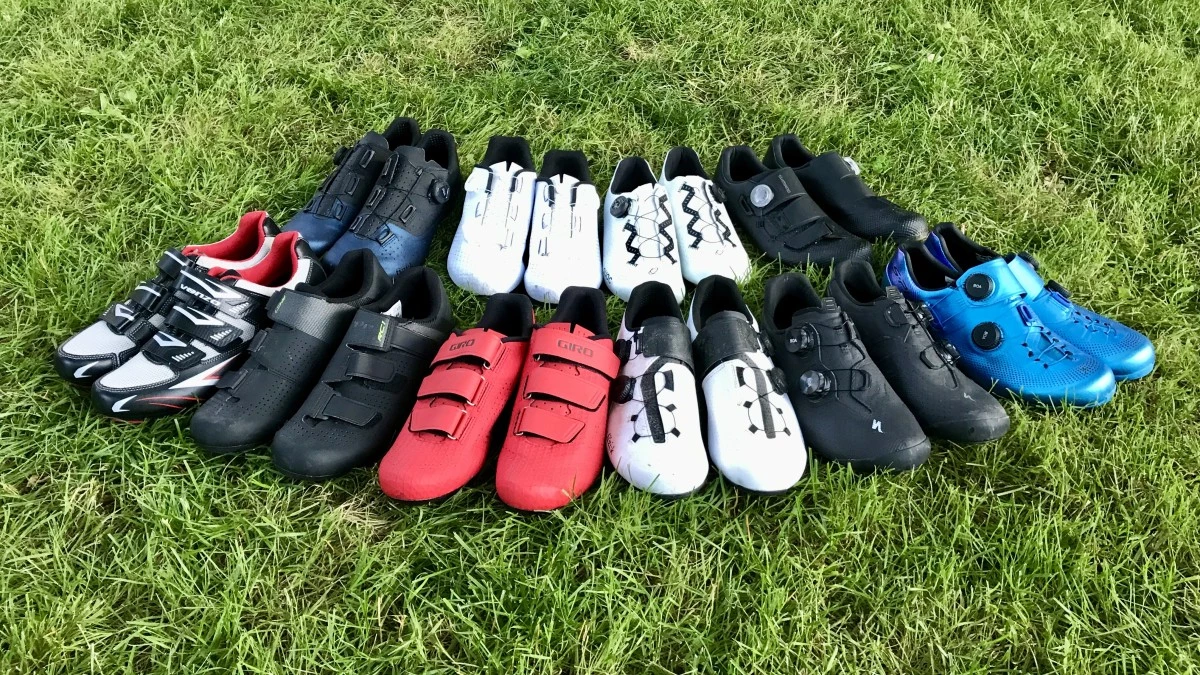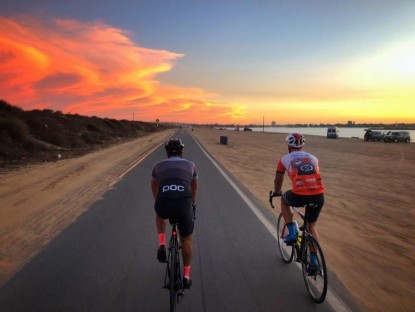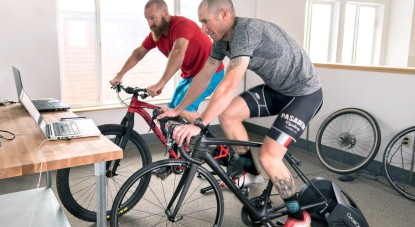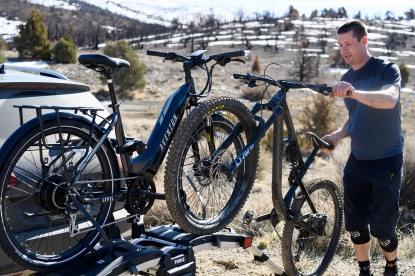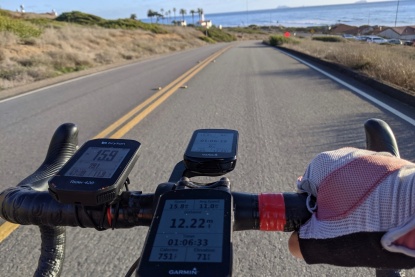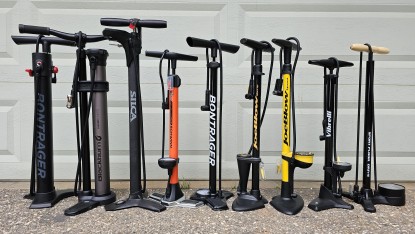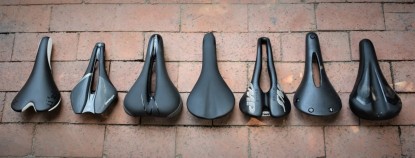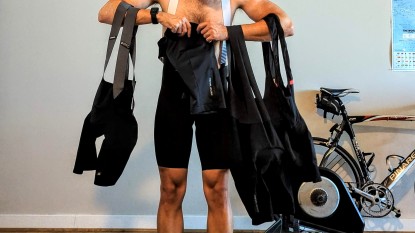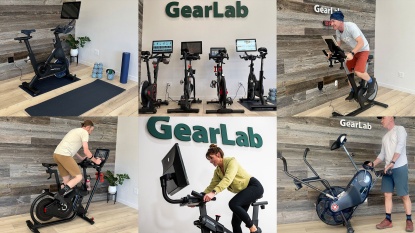The Best Cycling Shoes
We purchased 14 of today's top cycling shoes and rode hundreds of miles in various conditions to assess each shoe's performance. We suffered through hill repeats in the rain, rode with friends on all-day epics, and even went on some mixed-surface adventures.
The Shimano S-Phyre SH-RC903 is our favorite overall shoe due to its stiff, performance-oriented design while still being comfortable for most riders. For riders seeking the best value, the Giro Cadet is our top choice thanks to its friendly price and solid performance across all metrics.
If you mostly ride dirt, we've also reviewed clipless shoes and flat shoes for mountain biking.
Editor's Note: On November 21, 2024, we updated our award section and recommendations.

